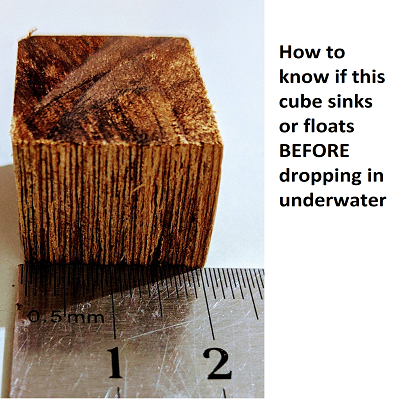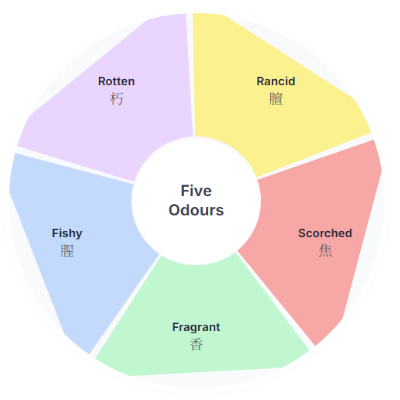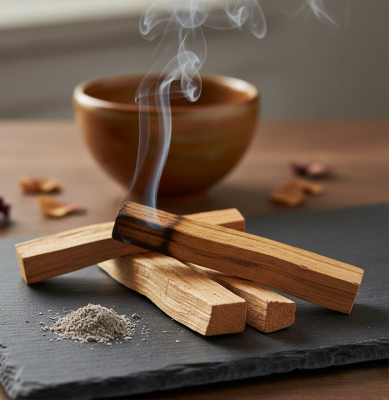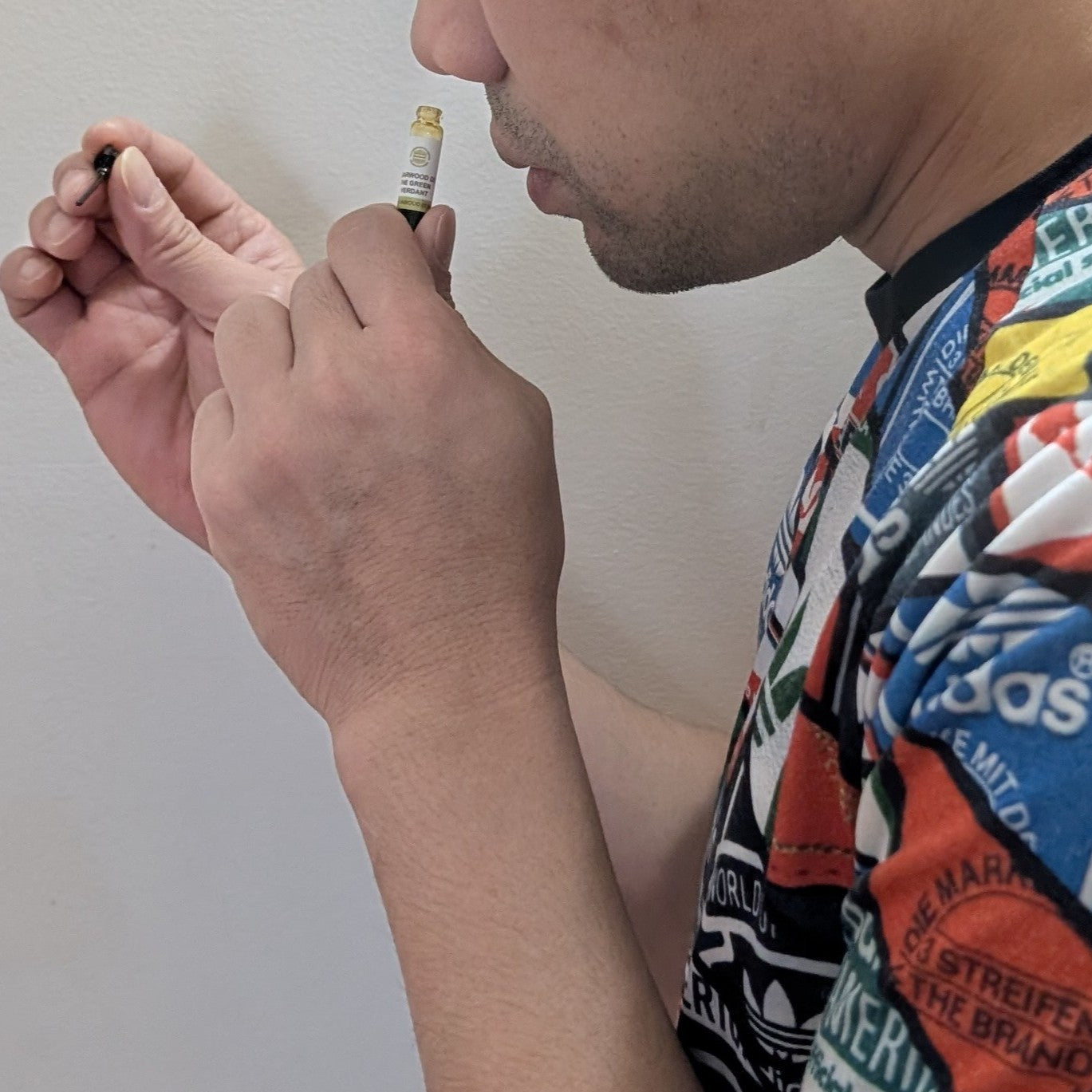Menu
-
-
F.A.Q
- How to identify genuine agarwood chip, natural or cultivated
- How to identify oil injection / absorption fake agarwood beads
- How to know if there are more than one oil in your oil
- How to make your wood bracelet or mala darker
- How to tell if an Agarwood bead sinks WITHOUT sinking it under water?
- How does back flow incense work and how do you burn it?
- Where to start if you don't know what agarwood is ?
- Why are you losing money if you buy seeds and plants?
- Which agarwood incense should I choose?
- Frequently Asked Questions
- Agarwood Related Articles
- Shipping
-
SHOP - Agarwood
-
SHOP - Other Fragrant Wood
-
SHOP - Incense Holder and Burner
-
- FREE Oud Oil guide
- Testimonials
- "Why did you buy this?"
- Contact us
- About Us
- +61430284329
- Login
-
English


Sinking Agarwood? How to know if an Agarwood bead sinks WITHOUT sinking it?
July 11, 2020 9 min read
Table of Contents:[hide]
- Sinking Agarwood
- Let's try one more time. A real life example with detail calculation
- So, you still want sinking Agarwood? Let's make one that will sink
Sinking Agarwood
When trading Agarwood, most vendors and buyers will discuss the wood is sinkable. They want to know the Agarwood would sink or float if they drop it underwater.
Why do they do that?
Vendors and buyers believe that if Agarwood sank underwater, it would be resinous. And if it were resinous, it would be a higher grade. A higher grade means a higher price.
Is this belief true?
Let's break it down. "Sinking Agarwood" has two words.
First, let's talk about "Sinking."
Sinking in this context means sinking underwater.
What factors decide an item float or sink underwater?
It is about density- A lesson from high school
The magic number: 1
Water density 0.997 g/cm3. To make it easy to remember, let's round it up to 1
So, Water density is 1 g/cm3
- If the density of your test object is larger than 1, it will sink.
- If the density of your test object is smaller than 1, it will float.
For example, we all know if we dropped an iron bar underwater, it would sink.
It sinks because the density of the iron bar is 7.8 g/cm3 which is larger than 1 g/cm3
When I was a child, my mom told me how to know if an egg was fresh or old by releasing the egg slowly into a bowl of water.
If the egg sinks fast, it is very fresh.
If the egg floats, it is an old "expired egg."
Why?
Egg bought from the supermarket is organic, and it is infertile. It will decompose after some time. When this happens, some of its mass will convert to gases H2S. Eggs are porous (that is why you can make salty eggs, century eggs, yummm) so the H2S will escape from the eggshell. When the gas escape, the mass of the egg reduces. Inside an old egg, there will be some extra space due to loss of weight, just like a ship with less cargo. The older the egg is, the greater loss in mass. When enough mass is lost, the density of the egg is less than water, so it floats.
The fresh egg density is 1.031 g/cm3
The old egg density is less than 1
Now let's talk about Agarwood.
In a mature, healthy Aquilaria tree, the wood is mainly fibre. It is soft, white in colour and odourless.
When there are external attacks (for example boring insects), the Aquilaria tree will create Agarwood to defence itself.
After a few months after the attacks, the tree starts secreting "oil". There will be a change in the colour of the wood, from white to yellow. Occasionally, in some trees, you would see a brown colour in some areas. The agarwood formation spread along the tree.

After two years of infection, more oil content will form, and some will convert into resin at this stage. The longer the infection period, the more resin Aquilaria tree will create.
This resin is the Agarwood that interests traders and buyers.
because
The higher the resin content, the higher the grade, and the higher the price.
What do traders and buyers believe?
They believe that if the Agarwood sinks under the water, it will have a higher resin amount (more agarwood content in the wood).
But you may wonder if this is a fact?
Let's go back to the magic number: the density of water 1g/cm3
If you drop an object into water,
- it will sink if its density is larger than 1g/cm3 (1g/ml)
- it will float if its density is smaller than 1g/cm3
You see, the density of several Aquilaria trees range from 0.3334 to 0.5483. Most Aquilaria tree will float because their density is all less than the magic number 1.
-
Aquilaria agallocha:
- Wood Density: 0.3334 g/cm³
- Standard Deviation (Stdv): 0.0345
- Number of Samples (N): 5
-
Aquilaria macrophylla:
- Wood Density: 0.5483 g/cm³
- Standard Deviation (Stdv): 0.0639
- Number of Samples (N): 6
-
Aquilaria microcarpa:
- Wood Density: 0.3400 g/cm³
- Standard Deviation (Stdv): 0.0000
- Number of Samples (N): 2
-
Aquilaria sinensis:
- Wood Density: 0.3660 g/cm³
- Standard Deviation (Stdv): 0.0133
- Number of Samples (N): 4
-
Aquilaria sp.:
- Wood Density: 0.3400 g/cm³
- Standard Deviation (Stdv): 0.0000
- Number of Samples (N): 3
Each entry provides the mean wood density, the standard deviation of the measurements, and the number of samples used to calculate the mean. This data is crucial for understanding the physical properties of wood from different Aquilaria species, which can be significant for various applications, including the production of agarwood.
Source Tree Functional Attributes
However, the Tree Functional Attributes database does not mention if the above Aquilaria species are healthy (whitewood) or infected (agarwood).
Besides, I am unable to find Aquilaria Crassna, so I am going to calculate the density myself using an infected Aquilaria Crassna piece.
It is simple; I will show you how
I will use this formula invented by Archimedes, the great Greek mathematician which I studied from high school.
d: is density
m: is mass
V; volume
The density of Agarwood- Aquilaria Crassna
If I show you a way to determine agarwood sinks or floats without submerging it underwater, would you like to learn more?

I have a square infected Aquilaria Crassna – or simply Agarwood.
This is a cultivated agarwood cube with a mass of 4.3g, 2.5 years of infection.
Question for you: How would you determine if it sinks or floats before you drop it to the water?
Let's find out
Volume is 2cm x 2 cm x 2 cm = 8cm3
The density is 0.5375 which is less than 1
So, if you drop this cube in the water, it will float.
Is this an accurate way to test?
I know this test may not convince some of you. So, I will reverse the process to see if this work.
Let's try one more
This time, is a piece of infected Aquilaria Malaccensis, Agarwood. I got this from a hunter.

Its weight is 3.19g

Because of the unusual shape, I am unable to apply any particular formula. So, to find out its volume, I dropped it to the water.

I took a measuring tube which started at 50ml.
When I dropped the Agarwood, it sank fast, and the volume increased by 3ml.
So, it is safe to estimate the volume of this agarwood piece is 3ml.
Because it sank, its density must greater than 1.
Let's put it into the formula.
1.063 > 1, so it sank
So, we can be confident this test is accurate.
But did you know water can damage Agarwood?
When you submerge Agarwood underwater for several hours, the wood will expand. When you bring it up, it will dry and contract. Some expansion and contraction make the wood crack.
When you test it again, the water gets into the existing cracks. This time it will penetrate deeper, making it expand more. And it will contract more making larger cracks. Don't do it often.
If it is an agarwood log, people will not pay close attention because it is normal for a natural wood log to crack.
But
If it is an Agarwood bracelet or a mala, it will be a problem. You don't want to wear cracked beads, do you?
So, the bottom line is not to do this test often.
That is why I provide this simple calculation for you. It works best sphere shape.
Let's do one together.
How to know if an Agarwood bead sinks WITHOUT sinking it?
Beads parameters:
Dimension: 18mm
Weights: 33g for 13 beads.
Assumption: all beach has the same size and made from the same material
1) Step one: Calculate the volume of each bead
So each bead will weigh: 2.54g
(I ignore the string in this calculation because the string floats and it weighs less than 1g)


A bead has a sphere shape so you can use the below formula.
V= 3.05 ml
r= 9mm or 0.9 cm (dimension was 18mm, so radius or r is 9mm)
V= 3.05 cm3 or 3.05 ml
2) Step two: Calculate the density -d-
M= 2.53g
V= 3.05 ml
3) Step 3: If d is larger than 1, it sinks. If d is smaller than 1, it floats
d= 0.83 <1
so it floats
It is that simple.
Let's try one more time.
Beads parameters:
Dimension: 16mm
Weights: 31g for 14 beads.
So each bead is 2.21g.
d= 16mm so r is 8mm or 0.8 cm
V= 2.14 ml
M: 2.21g
V: 2.14ml
d = 1.032 >1
so this is a sinking bracelet
There you have it
please note: You can use this method to test the buoyancy of other beads material such as Sandalwood beads
What about top-grade Agarwood?
I am fortunate to witness some of the high-grade Agarwood. Some of them float, some are fully submerged but not yet reach rock bottom (people call this half-sinking) and some wood sink.
One hunter was generous enough to burn a bit for me to try. I saw some bubbles raised from the wood when he burnt it. The scent was creamy, sweet, woody. He called it "high-class" aroma.
Based on that, I believed the wood was resinous, but when he did the water test, it floated.
Why did it not sink?
The density of that particular wood is less than water, so it does not sink.
Does it mean the bad quality?
No, it does not. We can't rely solely on sinking test to judge the grade of the wood.
There is no black and white answer, but base on experience, we think the most important criteria are the resin content, followed by the aroma.
So why did buyer ask for sinking Agarwood?
- It is a belief, so it is hard to change.
- It is also about feeling.
When you put this sinking Agarwood on the left hand and non-sinking on the right hand, you would feel the difference between them in term of weight.
- And the appearance
Sinking Agarwood has a darker colour, and if an Agarwood sculptor made agarwood beads using sinking Agarwood, the beads would have a charming dark texture. It made the wearer feel fabulous.
However, about the aroma, at room temperature, I do not feel any significant difference.
So "sinking" is not the sole criteria to grade Agarwood.
For example, the one below is quite old; without the microscope, we will not be able to see how much resin it contains.

The trader told me that price is over 100 K USD per kg. And, guess what, it floats!
So, you still want sinking Agarwood? Let's make one that sinks.
I will show you how.
Some vendors will "make" Agarwood sink because buyers keep asking for sinking agarwood which is challenging to find. Here are some ways they do it
Choose a different wood similar to Agarwood but sink underwater.
One of the popular ones is Aetoxylon sympetalum; the local Indonesian called it "buaya agarwood". The bead is solid, and durable. This wood is an excellent material for bead making.

And it sinks underwater.
Soak the wood underwater for days and boil it.
I heard this hunter, and I have not witnessed it myself. He told me that this method would only work in a medium log. Boil it drives all the air out of the wood and at the same time, the wood absorbed the water, making it temporarily denser, so it sinks. This action also makes the texture darker When an inexperienced buyer bought it, he would now notice immediately. When several days passed, the water vapourised, and the truth would be exposed, but the seller would have long gone.
Insert foreign objects will sink underwater
This is the most popular method to fabricate "sinking" Agarwood.
Sands, nails, fishing sinker, melting lead or iron are all denser than water which mean they all sink underwater.
If the agarwood log were not solid, (for example, agarwood chips), the unscrupulous vendor would find a way to insert a "sinker" into a wood log to increase its weight.

As usual, if you have any questions, let me know
Leave a comment
Comments will be approved before showing up.
Also in News

The Five Odours in Incense and Their Influence on Modern Scent Crafting
October 07, 2025 6 min read

The Best Wood Incense for Purifying Your Space and Elevating Your Mind
September 24, 2025 8 min read








